Google asks the White House to return its apps to Huawei devices
Huawei smartphones have been devoid of Google apps like Gmail and Google Docs since mid-2019
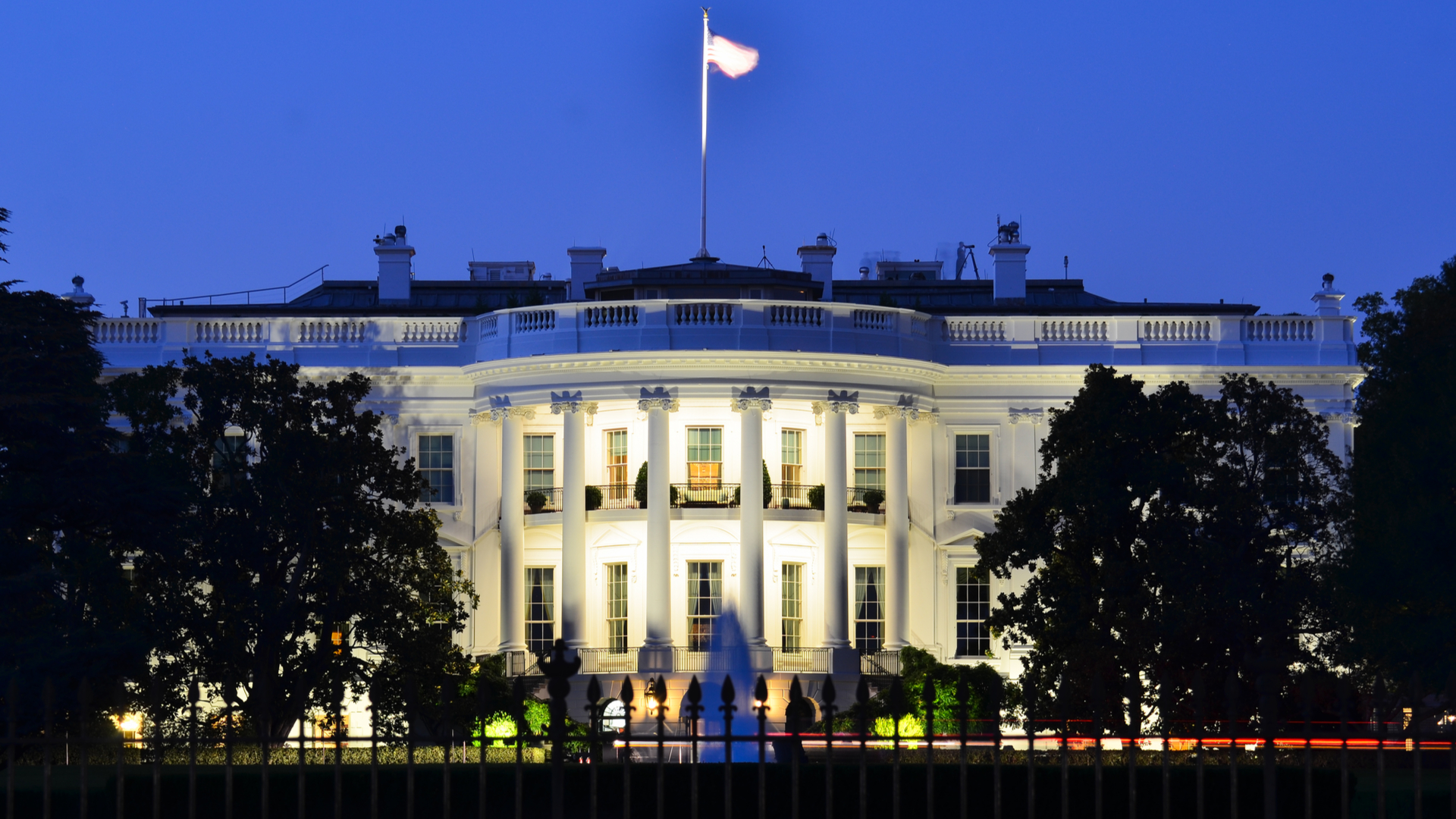

Google has asked the White House for permission to work with Huawei once again in an arrangement that could see its most popular apps and services return to new devices built by the blacklisted Chinese company.
The tech giant has appealed to the Trump administration to grant an exemption to its blanket ban of the networking giant after it was blacklisted by the US government in mid-May 2019.
The company’s VP for Android and Google Play Sameer Samat has confirmed that Google has formally applied for a license to continue working with Huawei, according to German news service Finanzen.
Google has previously warned that the Huawei ban poses a risk to US security because it could force the company to build a less secure ‘hybrid’ version of Android. The company has wanted to continue to provide its technology to Huawei throughout the duration of the ban.
By consequence of the ban, a host of Google apps, including the entire G Suite, are incompatible with Huawei smartphones released since the ruling was made.
This means devices like the Huawei Mate 30 were launched sans compatibility with the likes of Gmail or Google Docs.
Phones released before the ban, however, including the excellent P30 Pro, still retain compatibility with open source versions of Google apps.
Get the ITPro daily newsletter
Sign up today and you will receive a free copy of our Future Focus 2025 report - the leading guidance on AI, cybersecurity and other IT challenges as per 700+ senior executives
Since the ban, Huawei has started working on its own set of equivalent apps and services to replace those previously provided by Google. The firm, for example, signed an agreement with TomTom last month, according to Reuters, to work on an application to replicate the function and services of Google Maps.
Huawei has also started working on its own operating system, dubbed HarmonyOS, despite being able to use Android 10 in its devices. This one-size-fits-all system has been in progress for a decade but was initially designed to work with IoT devices.
The Huawei Mate Xs, a beefed-up successor to the prototype Mate X announced last year, will be released this year but, again, without compatibility with Google apps, although it will be powered by an open-sourced version of Android 10.

Keumars Afifi-Sabet is a writer and editor that specialises in public sector, cyber security, and cloud computing. He first joined ITPro as a staff writer in April 2018 and eventually became its Features Editor. Although a regular contributor to other tech sites in the past, these days you will find Keumars on LiveScience, where he runs its Technology section.
-
 Should AI PCs be part of your next hardware refresh?
Should AI PCs be part of your next hardware refresh?AI PCs are fast becoming a business staple and a surefire way to future-proof your business
By Bobby Hellard
-
 Westcon-Comstor and Vectra AI launch brace of new channel initiatives
Westcon-Comstor and Vectra AI launch brace of new channel initiativesNews Westcon-Comstor and Vectra AI have announced the launch of two new channel growth initiatives focused on the managed security service provider (MSSP) space and AWS Marketplace.
By Daniel Todd
-
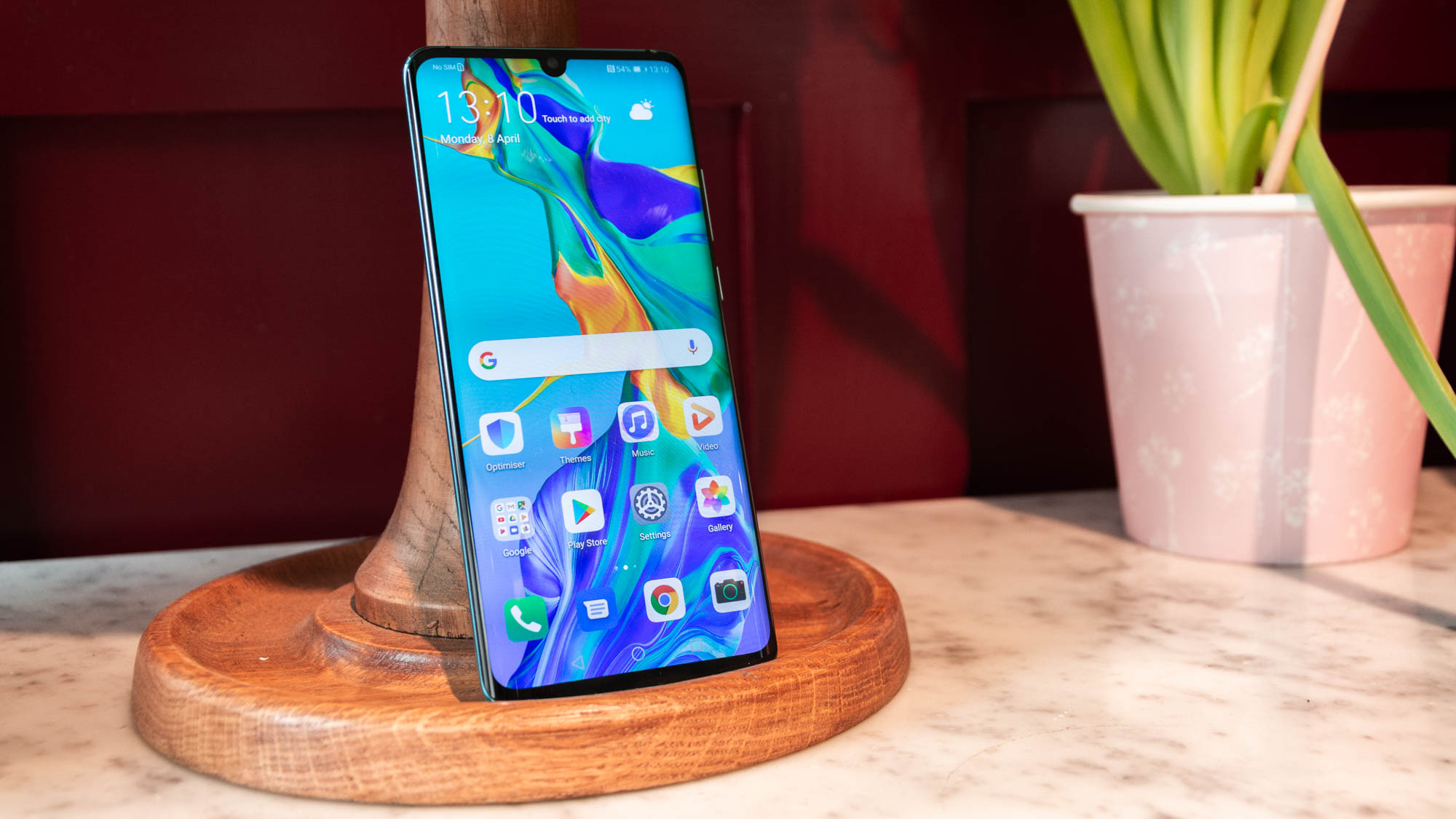
 Huawei P30 Pro review: Zooming past the competition
Huawei P30 Pro review: Zooming past the competitionReviews A ground-breaking handset with an unparalleled camera array
By Bobby Hellard
-
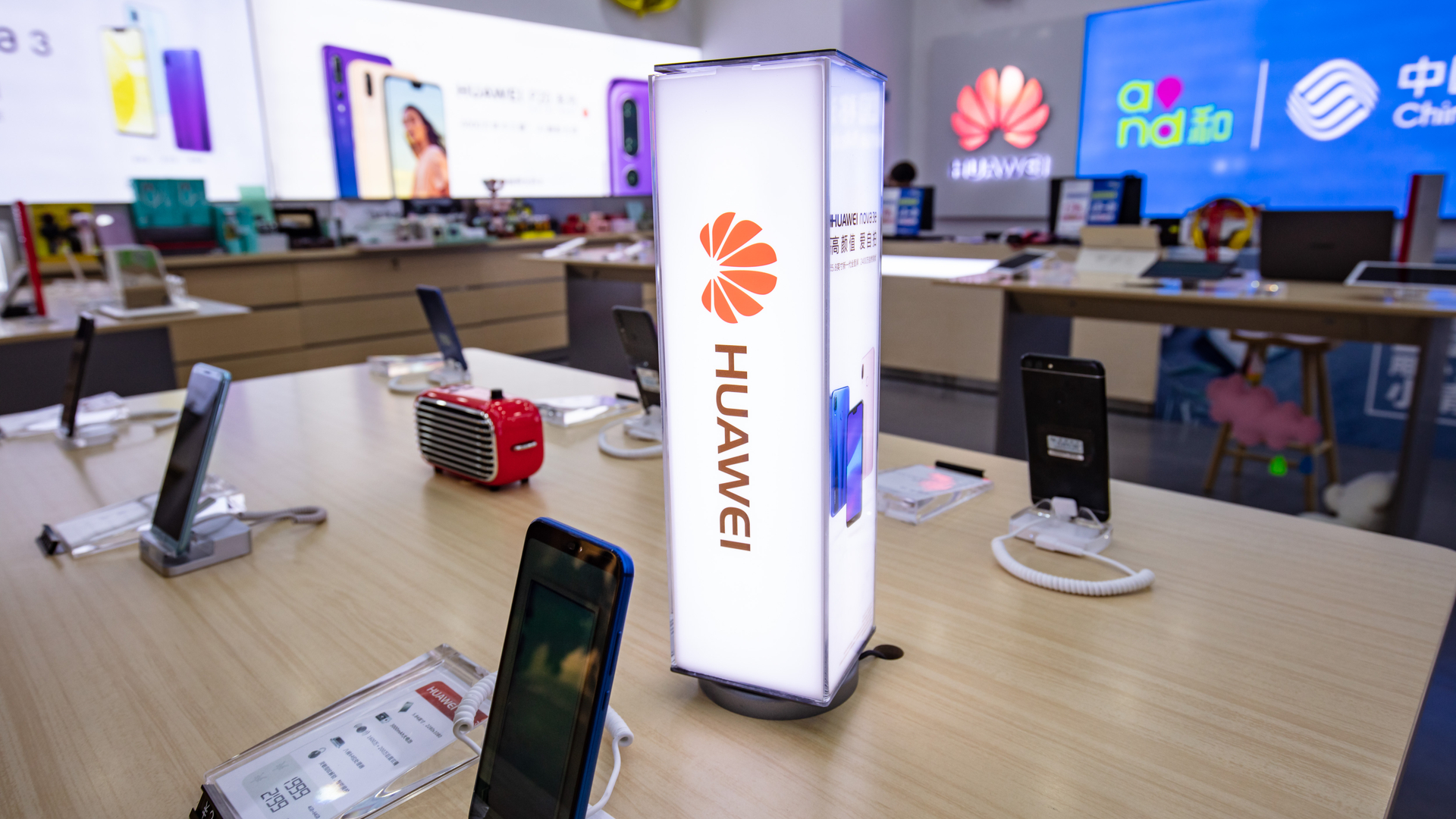 Huawei set to unveil Mate 20 and Mate 20 Pro
Huawei set to unveil Mate 20 and Mate 20 ProRumours New devices said to contain in-display fingerprint reader and two-way wireless charging
By Adam Shepherd
-
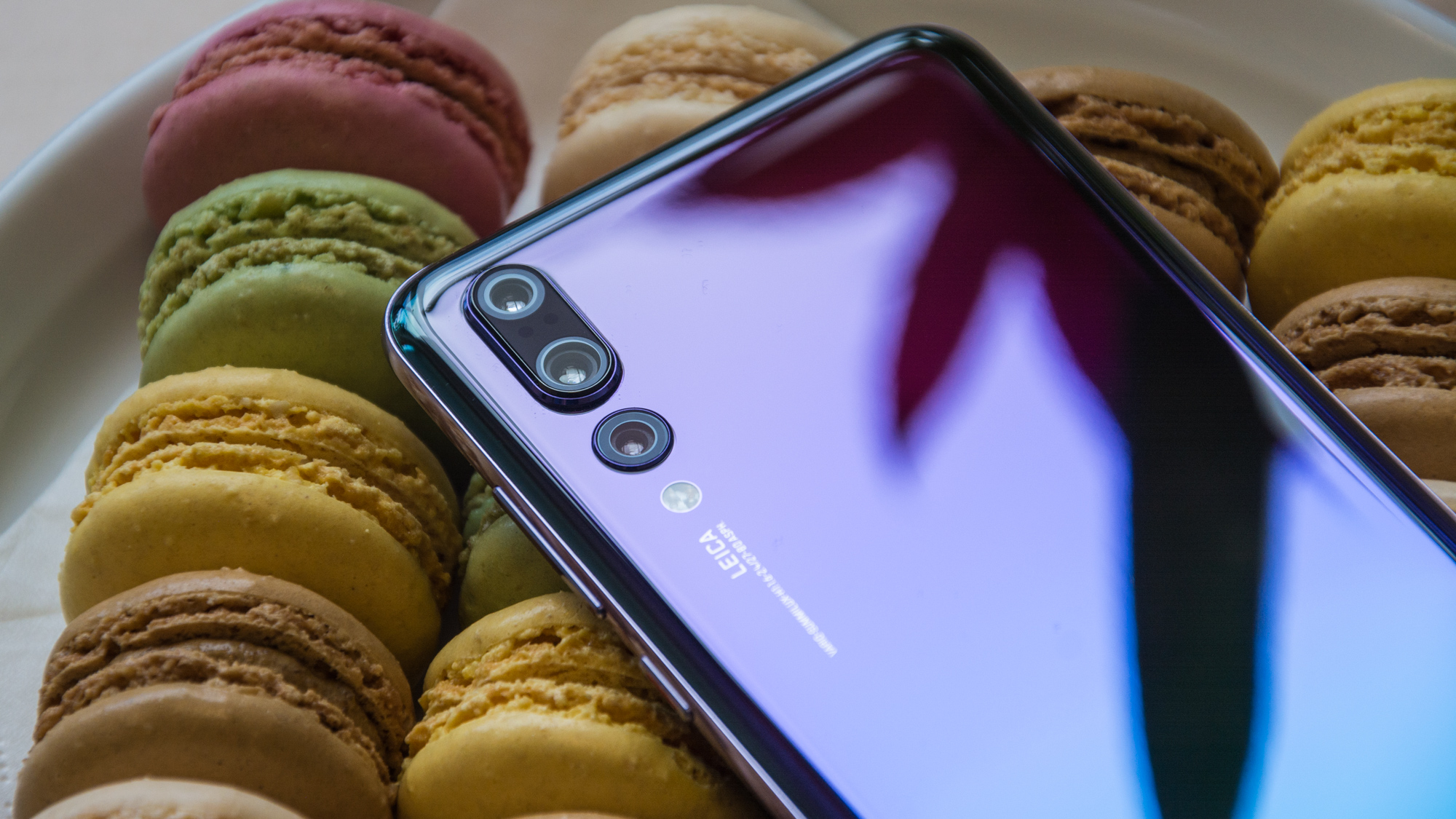
 Huawei P20 Pro review: A three-eyed monster of a smartphone
Huawei P20 Pro review: A three-eyed monster of a smartphoneReviews The Chinese firm goes all in on functionality with this Galaxy S9 Plus rival
By Dale Walker
-
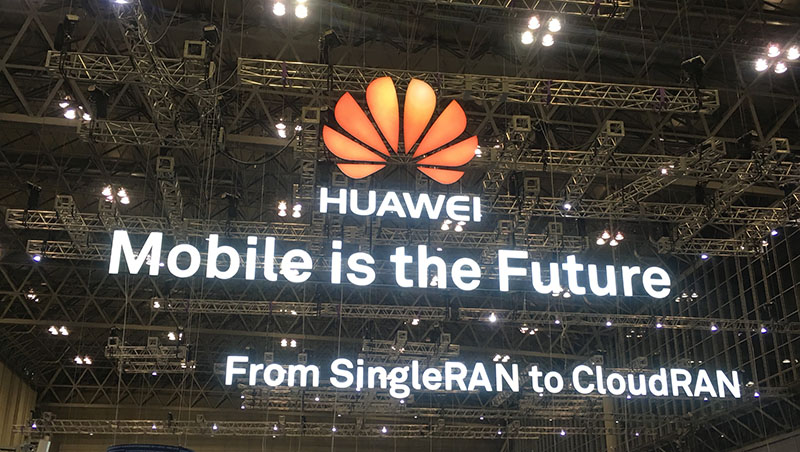 Huawei overtakes Apple to become the second largest smartphone company
Huawei overtakes Apple to become the second largest smartphone companyNews Now only Samsung remains in its way for the number one spot
By Zach Marzouk
-
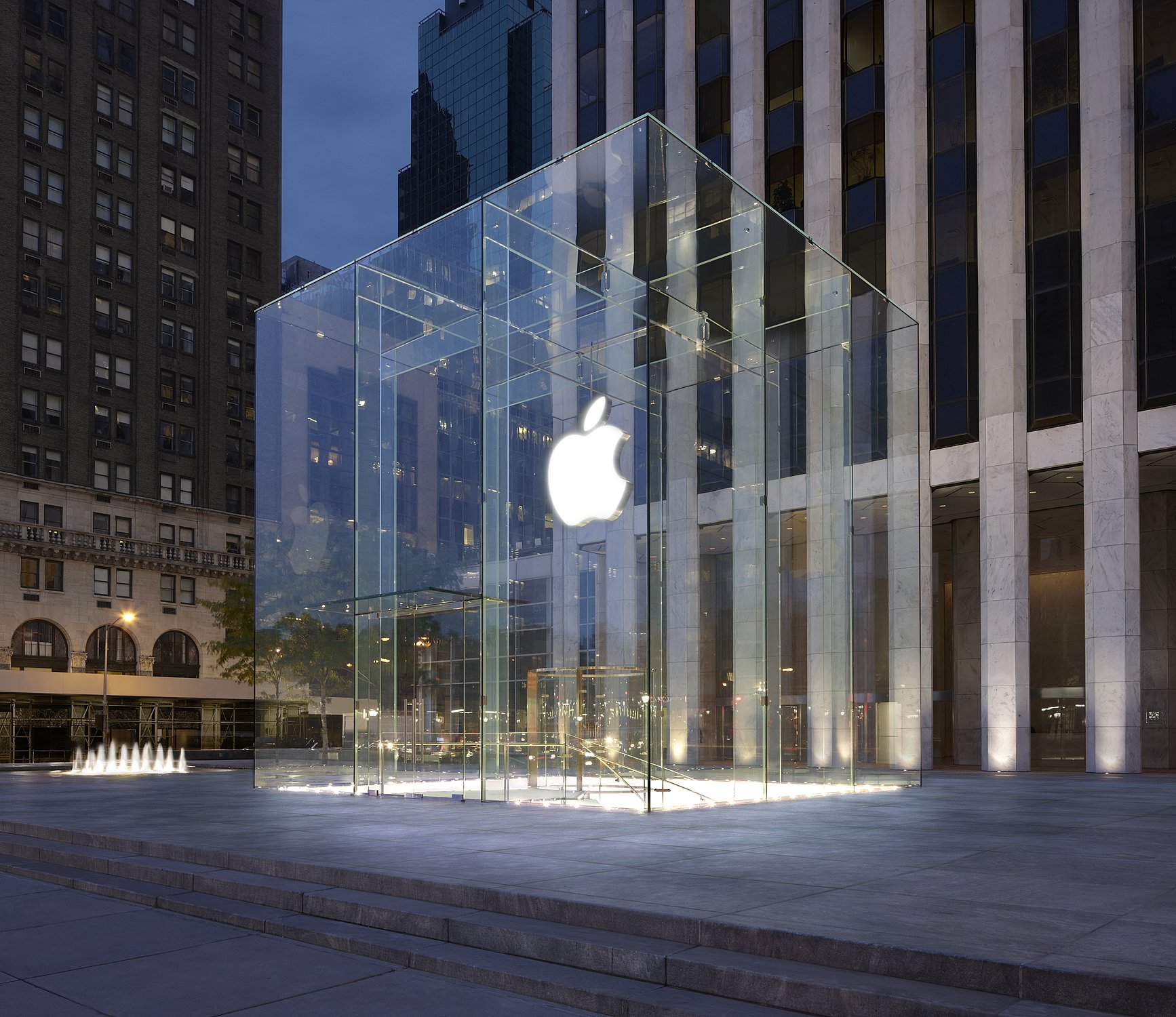 Apple vows to invest $1 billion in US manufacturing
Apple vows to invest $1 billion in US manufacturingNews The company will make its first investment announcement later in May
By Clare Hopping
-
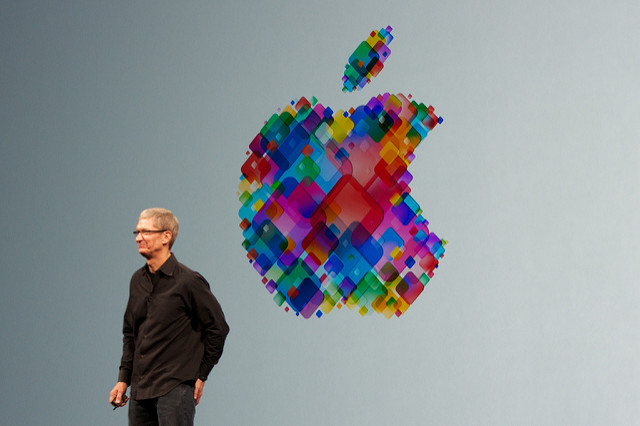 Tim Cook on Brexit: it'll be fine
Tim Cook on Brexit: it'll be fineNews Apple's CEO Tim Cook isn't worried about Brexit but will continue to speak out about US immigration policies
By Nicole Kobie
-
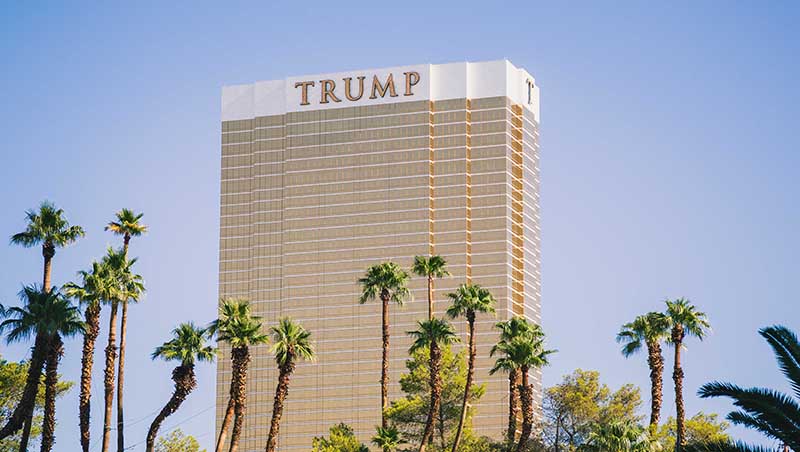 Slack and Tesla join tech firms fighting Trump's travel ban
Slack and Tesla join tech firms fighting Trump's travel banNews 127 tech firms now support legal challenge to Trump's executive order
By Adam Shepherd
-
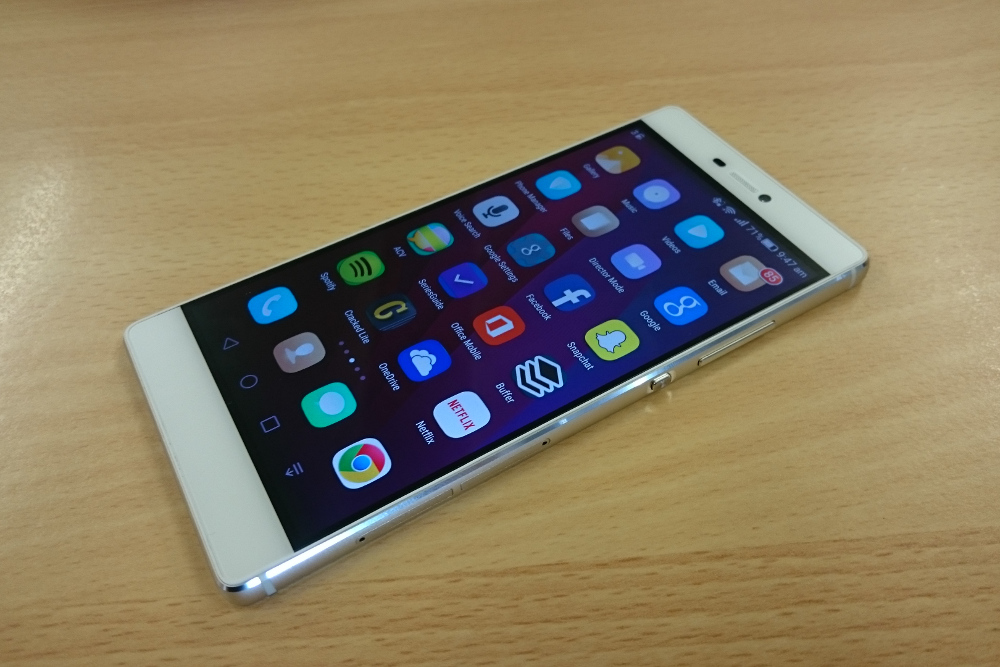
 Huawei P8 review
Huawei P8 reviewReviews A strong camera and affordable price make this Chinese smartphone a very enticing option
By Adam Shepherd